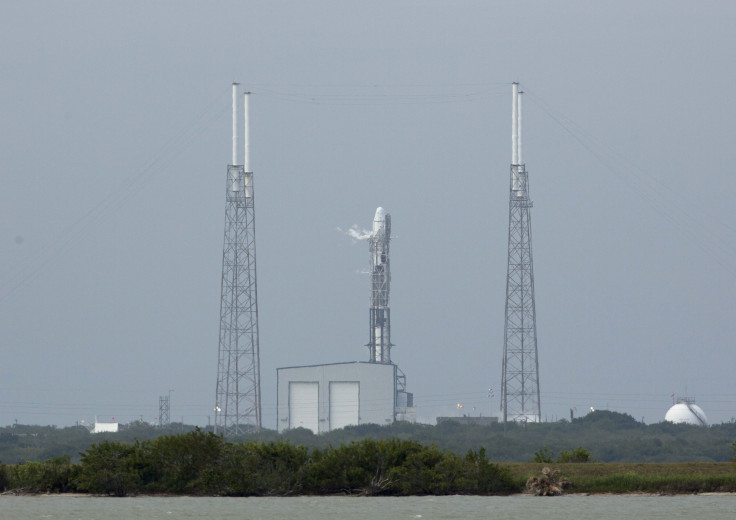SpaceX will bring NASA astronauts to the International Space Station

SpaceX will carry NASA astronauts to the International Space Station (ISS), the agency announced on Friday, Nov 20. The aerospace manufacturer has secured its first crewed mission under its Commercial Crew Transportation Capability (CCtCap) contract with NASA.
The order is the second of four guaranteed orders NASA will make under its Commercial Crew Transportation Capability (CCtCap) deals. The Boeing Company of Houston received its first crew mission order in May.
"It’s really exciting to see SpaceX and Boeing with hardware in flow for their first crew rotation missions," Kathy Lueders, manager of NASA’s Commercial Crew Program, stated in a press release. "It is important to have at least two healthy and robust capabilities from U.S. companies to deliver crew and critical scientific experiments from American soil to the space station throughout its lifespan."
NASA’s Commercial Crew is working with each company to ensure commercial transportation system designs and post-certification missions will meet the agency’s safety standards. The order, currently scheduled to be executed on 2017, would take place after SpaceX passes a series of certification phases, ending with a crewed flight test to the station. However, the decision about which company will fly to the ISS first has not been made yet.
In September 2014, Boeing and SpaceX received $4.2 billion and $2.6 billion awards, respectively, to finish their work on astronaut transportation systems. Boeing is developing the CST-100 Starliner, while SpaceX is working on a crewed version of its Dragon cargo capsule, which has already been on resupply missions to the station under a different NASA contract. After getting NASA’s approval, the contract stipulates that each company will be given between two to six missions.
The US has been buying seats, priced at $76.3 million each, from Russia’s Soyuz spacecraft to ferry US astronauts on round-trips to the station since NASA ended its space shuttle programme on Aug 31, 2011. The Boeing CST-100 Starliner and SpaceX Crew Dragon spacecraft will help reduce the cost of commercial crew missions and aid in the research aboard the orbiting laboratory.
“Commercial crew launches are really important for helping us meet the demand for research on the space station because it allows us to increase the crew to seven,” Julie Robinson, International Space Station chief scientist, mentioned. “Over the long term, it also sets the foundation for scientific access to future commercial research platforms in low- Earth orbit."
Contact the writer at feedback@ibtimes.com.au or tell us what you think below.




















